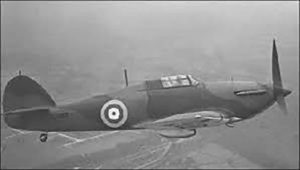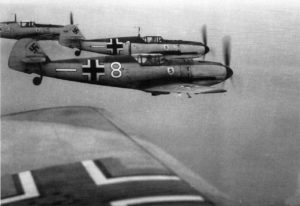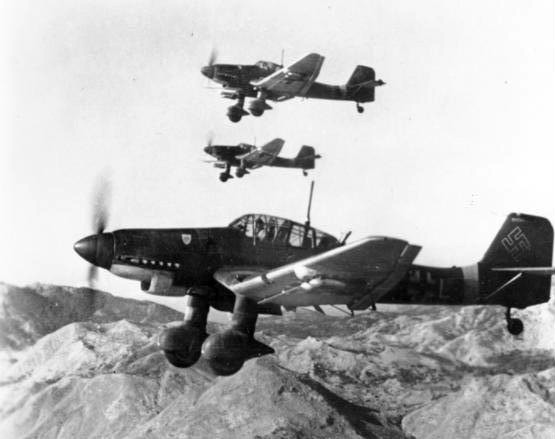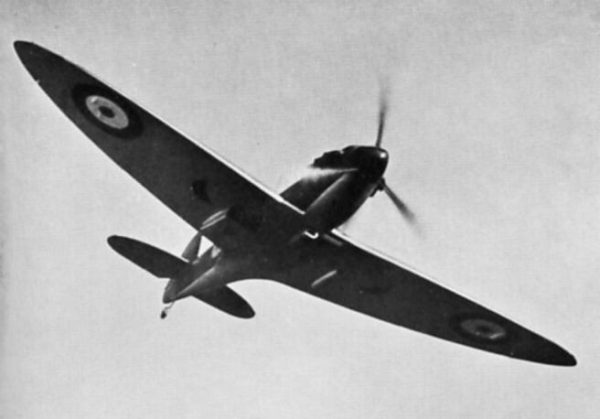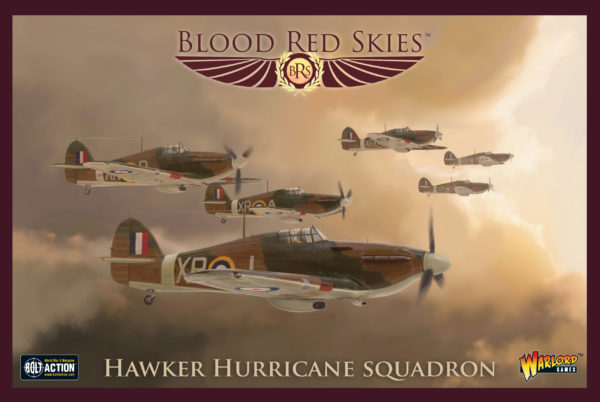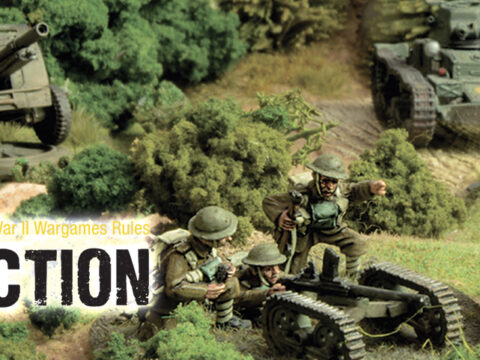This week, we’re taking off into the skies over France to take a look at how air power altered the course of the battle!
The War in the Air
The battle began on 10th May 1940, when the German Panzers gunned their engines and swept over the frontier into Belgium and the Netherlands.
While columns of tanks and trucks grumbled across the countryside, swarms of fighters and ground-attack aircraft slashed deep into enemy territory, engaging the enemy before they had time to get airborne. In the Netherlands, half their modest air force would be destroyed on the first day, overwhelmed by the much larger Luftwaffe contingent ranged against them.
In Belgium, 83 of their 179 aircraft would be destroyed on the ground. With aerial superiority assured, the German Army was able to deploy paratroopers across the front, culminating in a glider-borne assault on Eben Emael and the seizure of key bridges. Luftwaffe dive-bombers flayed Belgian counter-attacks before they could get moving.
Meanwhile, German mechanised units were snaking through the Ardennes, restricted by extremely narrow roads and almost constant traffic jams. The French Armee de l’Air attempted to engage these juicy targets with bombers, but German anti-aircraft units exacted a heavy toll and the French lost over half their bomber force.
By now, the German advance guard had crossed into France and was engaged in heavy fighting around Sedan. In support of these operations, the Luftwaffe would fly over 300 sorties, breaking the morale of divisions further back and smashing counter-attacks before they could begin.
The Allies Counter-Attack!
Time and again, the Allies would try to mobilise their own ground-attack aircraft to halt the German advance, but they would suffer hideous casualties to coordinated anti-aircraft fire. Over Sedan, the RAF would lose 47 medium bombers in a single day.
RAF Spitfire and Hurricane squadrons, along with their French counterparts in De.520s and American-built Curtis’s would give the Luftwaffe fighters a bloody nose, but they were severely outnumbered and unable to fly the same number of sorties.
The Luftwaffe’s tactical doctrine had airfields just half an hour behind the lines, while the Allies had theirs established further back, meaning the turnaround time for a Luftwaffe sortie was much shorter, multiplying their effectiveness massively.
Dunkirk
During the race to the Channel, Luftwaffe dive bombers acted as mobile artillery pieces, acting in very close co-operation with the ground forces to smash strong-points and harass the retreating enemy. Unable to stop the relentless German advance, the remains of the British and French forces found themselves penned up in the port of Dunkirk, desperately awaiting evacuation.
The Luftwaffe flew 1,882 bomber sorties and 1,997 fighter sorties in an attempt to stop the evacuation. Dive-bombers mercilessly bombed troopships, while fighters strafed the lines of troops assembled on the beach. In the aftermath of the evacuation, soldiers would complain that they had been abandoned by the RAF.
In fact, the RAF was fighting deep over enemy territory, aggressively engaging the enemy before they could pose a threat to the vulnerable ships and assembly areas. They would sacrifice valuable pilots and aircraft to protect the beach and
The Battle of France in Blood Red Skies
With the release of our brand new Hurricanes, and the fantastic Spitfires and Bf109s already available, you’ve got all the tools you need to recreate the aerial campaign over France.
The Hurricanes make the perfect addition to any early war RAF squadron, whether they’re battling Bf109s over the English Channel, or duelling Mitsubishi Zeros over Burma. When paired with the contents of the starter box, they give the RAF player more tactical choices when composing a squadron.


